is an all too common occurrence that can cause major issues for anyone living with it.
While many different can grow in many different places, they tend to thrive in environments where temperatures range from 60-80 degrees. can happen in your home, your car, office, or any other structure that your family spends a lot of time in.
Whether you’re reading this for purposes or you’re looking for , this article will give you a deeper insight into the different , how they can affect you or your family, and how (toxic substance created by ) can result in the need for .
Effects of on Human Health
It is absolutely vital to identify and eliminate as early as possible. can be extremely toxic and can have long-term effects on your family’s health, depending on the and the intensity and length of exposure. Those with pre-existing conditions or with weaker immune systems are particularly vulnerable to the effects of .
Sensitivity
sensitivity is a form of to . Allergic reactions are not unusual, but sensitivity is unique in that it can cause reactions long after the initial exposure. allergies produce symptoms such as sneezing, watering eyes, , congestion, , and difficulty breathing when exposed to the that come from certain .
sensitivity can be a particularly challenging form of allergy because the symptoms are so general and may not be noticed until they become severe. Many people with sensitivity also have more common allergies such as or respiratory allergies, which can make diagnosis difficult because they share many symptoms.
If you suspect that you might have a or any type of respiratory allergy, consult your doctor for testing and treatment recommendations.
is a fungus and it can grow almost anywhere. Recently, has become a big topic because of the increased awareness about its potential effects on your health. can be the result of in your home due to sitting water or leaks.
and has drastically increased recently with more and more companies opening up to handle the increased awareness of the impact on your health due to a .
: Molds that cause and produce allergies and allergic reactions such as attacks.
Molds that produce allergies are called allergens. Allergens are the molds that cause and produce allergic reactions such as attacks.
Allergens present in these are airborne and can cause reactions to those who have an allergy to it. Allergic response to allergens can range from mild symptoms to severe attack.
: Molds that cause health problems in those suffering from an acute illness.
Here is a look at , some of the most that you will never want to have in your home.
/
While many molds require active water intrusion, / can thrive either in dry conditions or with moderate humidity. The human impact from this may include allergy-type symptoms such as and , hypersensitivity pneumonitis, and various respiratory irritations and infections. It is most commonly found growing on household dust, wallpaper and wallpaper glue, fabrics (including carpet), and moist building materials. Colonies may range in color from grey to white, plus various shades of blue or green.
Generally considered one of the most common molds worldwide, produces the same symptoms as the / cited above, in addition to symptoms such as dry skin, hives, and a postnasal drip. will grow on many substrates, including textiles, wood, and moist window sills (check windows for interior condensation), and has a wide temperature-range tolerance. Colonies may range in color from to olive-, to , to .
Chaetomium
Chaetomium mold is a marker , meaning that it is an indicator of water intrusion. It will produce allergy-type symptoms such as and , plus a known as onychomycosis. It may also produce symptoms such as memory loss, balance issues, acid reflux, headaches, nose bleeds, and fevers. Indoors, it will grow on virtually any substrate that may be moist and is commonly found on damp sheetrock. It may appear as a smudge of dirt, and can range in color from brown to black.
Stachybotrys
Commonly known as , this has achieved infamy in the media, and with good reason. Like chaetomium, Stachybotrys requires live, active water intrusion to commence growth. Indoors, it is commonly found on wet materials containing cellulose, such as sheetrock, jute, wicker, straw baskets, and other paper materials. Unlike chaetomium, the symptoms produced by Stachybotrys range beyond allergy-type symptoms to dermatitis, rhinitis, confusion, dizziness and disorientation, anxiety, depression, aggression, shaking, seizures, and an itching or burning sensation in the mouth, throat, nasal passages and eyes. It is known to produce severe brain fog and mental impairment. As its common name implies, Stachybotrys is black in appearance. (Please note that not all is Stachybotrys. There are many molds, some quite benign, that present with black color. If you’re unsure, have a professional test your home.)
With a better understanding of the signs and symptoms of , you have a significantly greater chance of catching it early and avoiding major health issues, thereby protecting yourself and your loved ones. Zero’s services will eliminate the threat poses in your home so you can enjoy a happy, healthy -free life.
may seem harmless at first glance, but to certain species of can potentially result in a substantial medical bill. Several members of the genus certainly fall into the category of molds that can lead to serious health issues if too much time is spent in their presence.
This is a group of molds that can frequently be found indoors and several of its species are known human pathogens. They have worldwide distribution and can be found in soil and on decaying plant material in nature. However, they are well suited to indoor environments and are amongst the most common fungal colonizers of homes and offices.
With over 250 known species molds are extremely common and widespread. The are found in high concentrations during dry, windy conditions, which make them extremely airborne. As such, susceptible individuals can develop allergies upon exposure to . Upon reaching a suitably moist environment, the develop into mycelia which can be observed with the naked eye.
is typically found outdoors, on dead plant material, cereal grains, grasses and soil. It can grow on a variety of other high-cellulose substrates and needs a certain amount of moisture to develop. molds require water activity values above 0.85. The impact of water activity increases with temperature – the same increase in water activity that doubles the growth rate at 10°C will result in a fivefold increase in growth rate at 25°C [3].
Indoors, can be found in carpets, wallpaper, textiles, window frames and air conditioning systems. However, identified indoors often originate from the outdoor environment.
You wouldn’t want to get any species in your home. is incredibly fast-growing, and not only can it look unsightly, but it can also cause severe structural damage.
If there is a damp spot in your home molds are going to love it. Although most commonly found outside, namely on crops and other plants, it can find its way into the home on occasion.
AUREOBASIDIUM
The Aureobasidium genus comprises of over 15 species or varieties. The taxonomy of the Aureobasidium genus is still an area of dispute, with species often being reclassified as varieties and vice versa [1, 2]. One thing everyone can agree upon is that A. pullulans is the most widely known and most studied species. With worldwide distribution, it is very common in moist environments and usually grows on plants, soil, fruit, wood, and freshwater.
Aureobasidium is also a very common , especially in highly moist, damp, and humid areas like bathrooms, kitchens, tile grout, window frames, caulking, textiles, and air conditioning units.
Aureobasidium colonies may be or . A. pullulans, in particular, is initially cream to pink in color with a flat, smooth, and moist texture. Over time, it gets darker and becomes velvety. Its can be distributed by wind upon drying. It grows in a wide range of climates and may appear alongside .
is a greenish-. It can grow on material with a high cellulose content, such as fiberboard, gypsum board, and paper. Growth occurs when there is moisture from water damage, water leaks, condensation, water infiltration, or flooding. Constant moisture is required for its growth.
Over the past 15 years in North America, evidence has accumulated implicating this fungus as a serious problem in homes and buildings and one of the causes of the “sick building syndrome.” In 1993-1994, there was an unusual outbreak of pulmonary hemorrhage in infants in Cleveland, Ohio, where researchers found S. chartarum growing in the homes of the sick infants. This incident increased the awareness of home/building molds and brought this fungus to the immediate attention of the medical community. In recent years there has been a cascade of reports about toxic molds in the national media.
Schedule a Free Estimate Today! 727-866-4910
Now that you know the 9 most common types of mold in the home, you know that m is absolutely vital. If you believe there’s a chance that is negatively impacting your health, whether it’s a or an entire working with experts such as Zero, will help you to get back on your feet.
Household mold is an all too common occurrence that can cause major issues for anyone living with it. While many different types of mold can grow in many different places, here are a few common ones to watch out for in your home. These are some of the most common types of mold in homes and how to identify them.



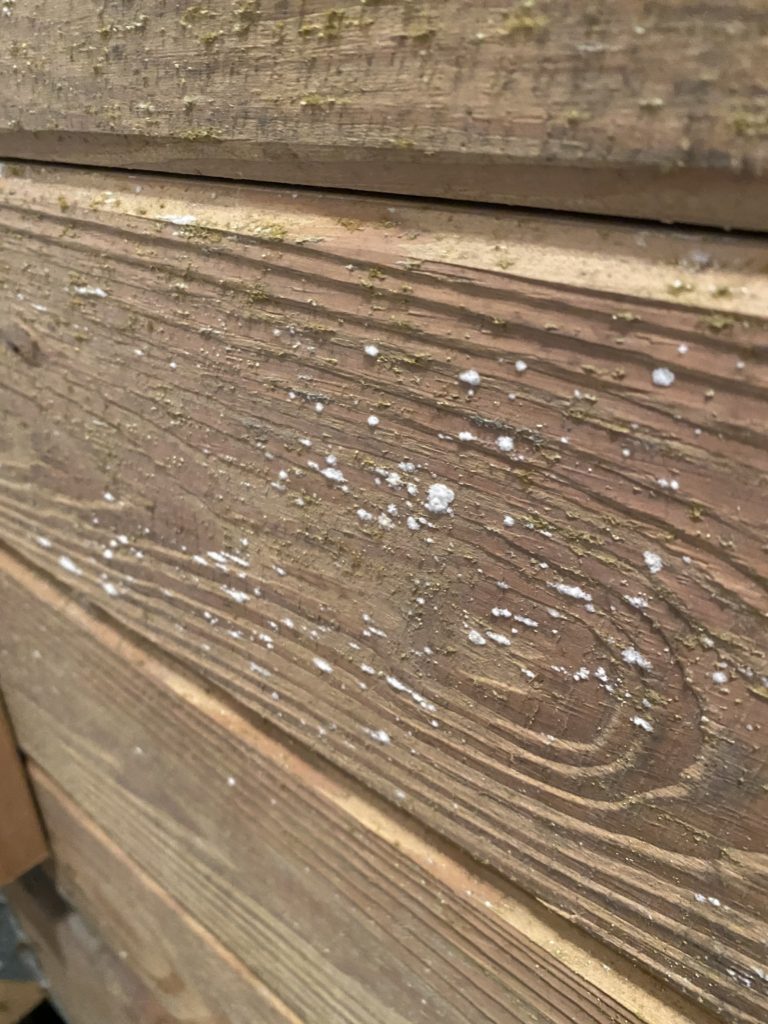
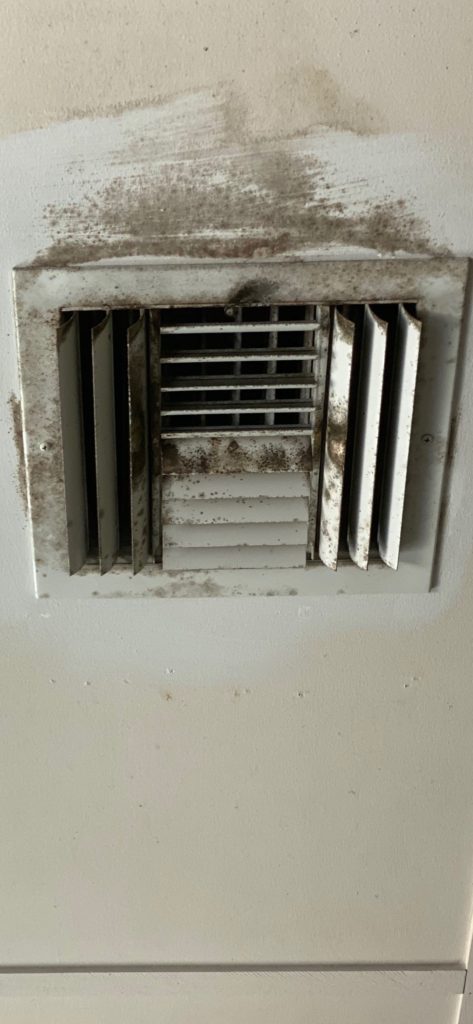
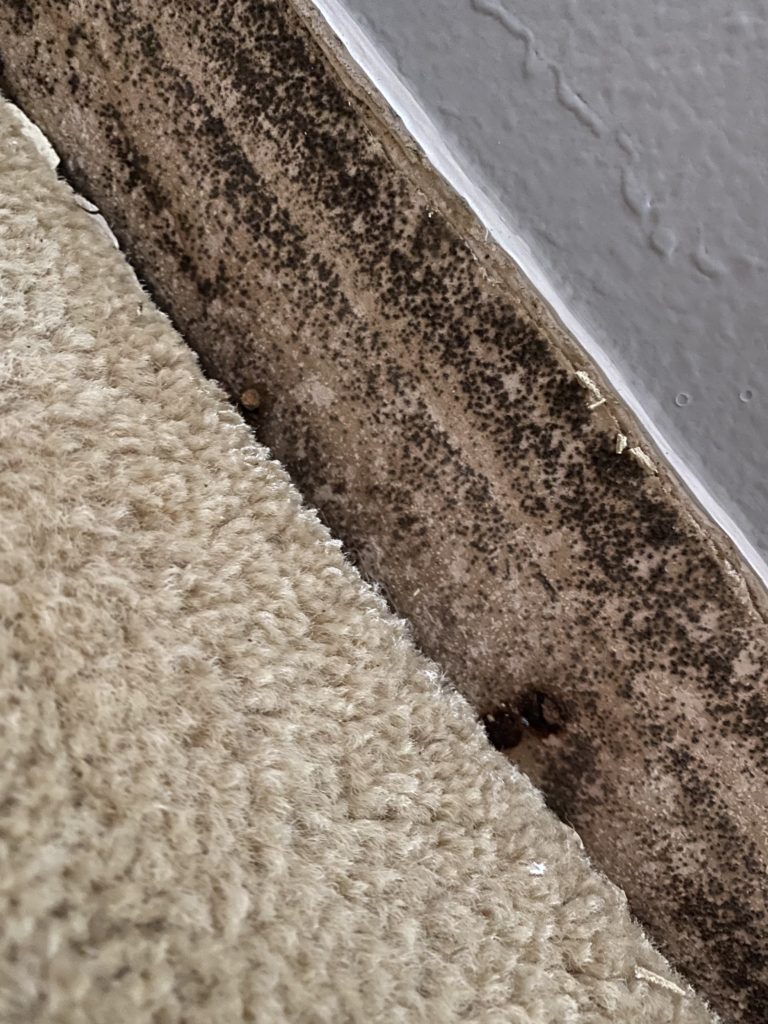
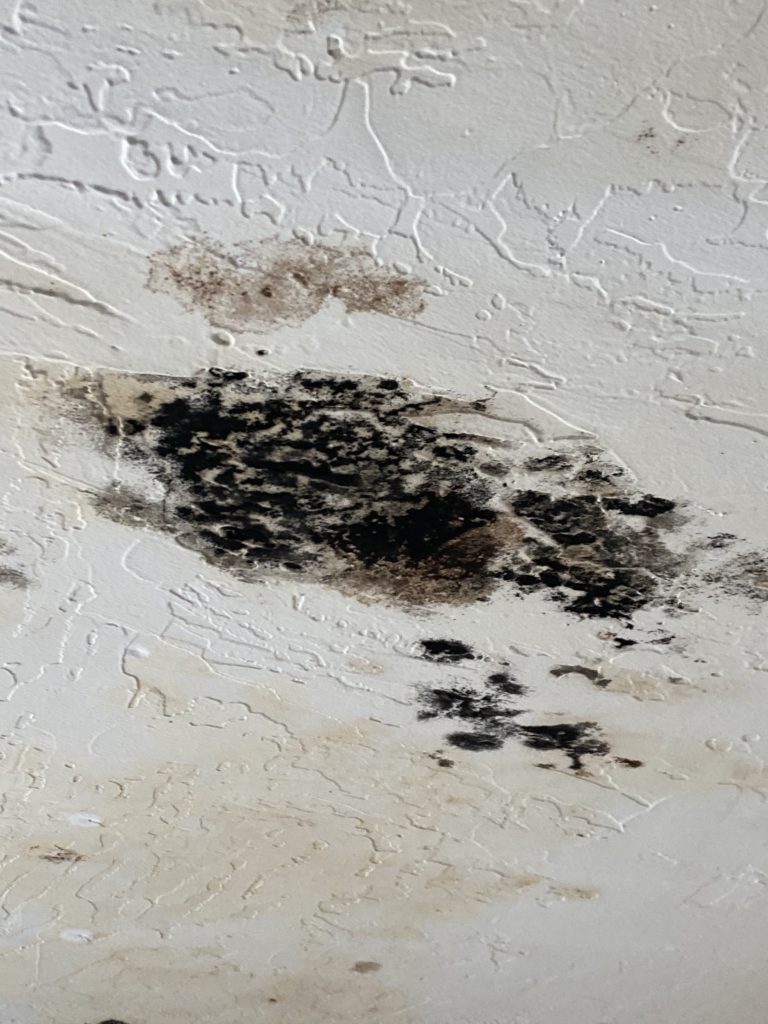
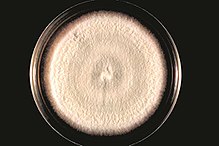
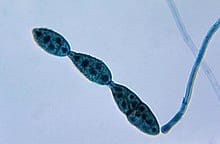
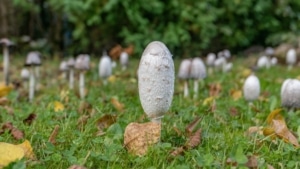
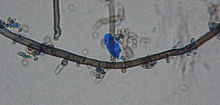

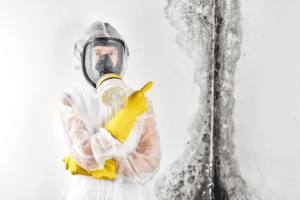


It was interesting when you explained that Cladosporium mold can grow in both warm and cold areas. My husband and I noticed white-colored mold growing on the floorboards of our kitchen when we were cleaning yesterday morning. Thanks for helping me feel prepared to ask questions about the cause of the mold when were her a testing service to take a look!
An outstanding share! I have just forwarded this onto a coworker
who had been conducting a little research on this.
And he in fact bought me lunch due to the fact that I found
it for him… lol. So let me reword this…. Thank YOU for
the meal!! But yeah, thanks for spending time to discuss this topic here on your blog.
Wow, I never knew there were so many mold types. Recently, my wife and I moved into another home, and while we were unpacking, we realized we have a mold infestation in our hands. After reading your piece, we decided we need to get rid of the mold as soon as possible, so we’ll look for a professional’s help. Thanks for the information on mold infestation in homes.
Thank you for helping me to understand the different types of molds that can grow in the home. It seems like any kind of mold would be hazardous to the health of you and your family. If you find mold in your home, you should probably find a cleaning service to hire.
It’s good to know that you can be allergic to mold spores. My sister was telling me about how her allergies have been worse lately, and she was wondering what the issue could be. I’ll make sure to pass this information along to her so that she can look into hiring a professional to come and see if her home has mold spores in it.
I do agree that it is important for us to consider hiring the right service when we need to have mold remedied. It makes sense as in doing so, we will be certain that we are choosing the right service due to their quality of service. I will definitely keep this information in mind for future references.
My cousin’s basement flooded last week, and he’s already noticing some mold. Thanks for explaining how some people are allergic to mold spores. Since it can be so dangerous, I’ll let him know that he should find a mold remediation service.
I’m glad you talked about mold and how it has many dangerous effects on our family’s health! Recently, my wife and I started to declutter and clean our home, and we found some mold traces. We tried to clean the mold, and it just keeps growing back, so we think it’s time to call a professional! Thanks for the information on different types of molds and how each of them causes diverse reactions.
Reading that some people are more sensitive to mold than others made me think of my relatives. They seem to sneeze much more easily than us whenever they visit, and it might be because there could be a mold formation somewhere in our home. I’ll solve this by having a mold removal expert work on our house as early as now.